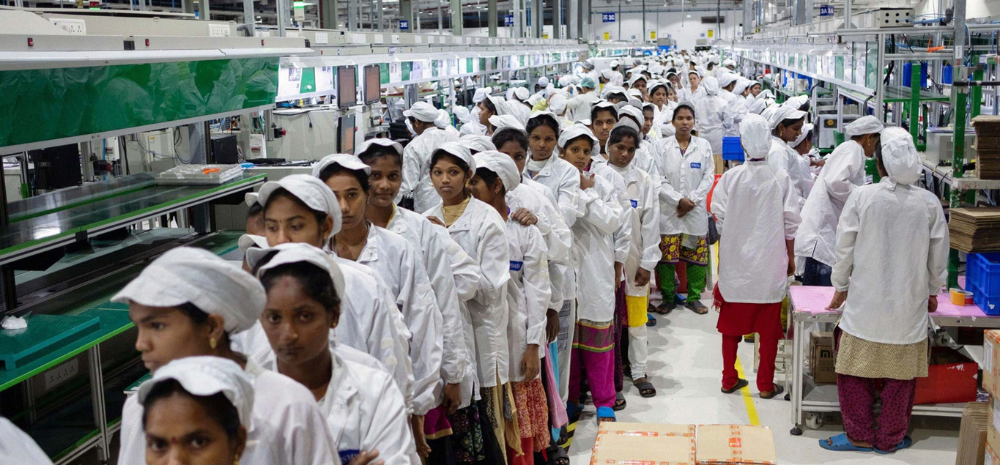Apple is set to significantly increase automation in its iPhone production process, aiming to reduce the number of workers on assembly lines by up to 50% over the next few years. This decision follows clashes between workers and police at Foxconn’s primary assembly plant in Zhengzhou, China, in November 2022.

Automation Strategy and Investment
The move towards automation was directed by Sabih Khan, Apple’s senior vice president of operations. Apple is reviving supply chain and production automation projects that were previously shelved due to the high costs involved. Machinery for automating iPhone production can be expensive, costing hundreds of millions of dollars annually. Apple has pushed its manufacturing partners to invest in this automation upfront, with some success.
Workforce Reduction
Apple’s efforts to automate its production lines have already led to a decrease in the total number of employees it monitors for work-hour compliance. According to Apple’s annual supply chain report, this number dropped from 1.6 million in 2022 to 1.4 million in 2023. The company has reduced headcount by as much as 30% in certain processes as part of its strategy to decrease reliance on Chinese workers.
Key Partnerships and Technological Advances
Peter Thompson, an operations vice president at Apple, has led these automation efforts, collaborating with key partners such as Foxconn, Luxshare Precision, and Pegatron. Several processes, including the installation of metal brackets and flexible printed circuit boards by machines, have already been initiated.
In March, Apple acquired DarwinAI, a platform utilizing AI for visual quality inspection processes in manufacturing. This acquisition is expected to enhance efficiency in Apple’s supply chain automation efforts.
Conclusion
Apple’s push towards automation in iPhone production marks a significant shift in its manufacturing strategy. By reducing the number of workers and increasing reliance on advanced machinery, Apple aims to streamline its production process and reduce operational challenges. The company’s investment in automation and AI technologies underscores its commitment to innovation and efficiency in its manufacturing operations.














